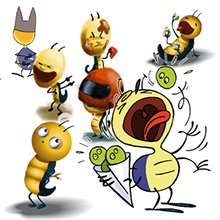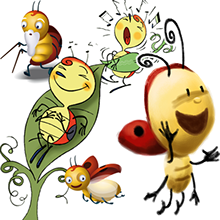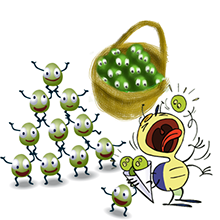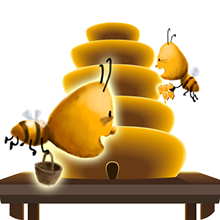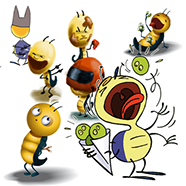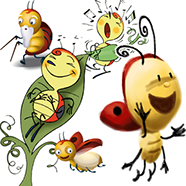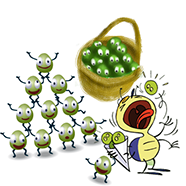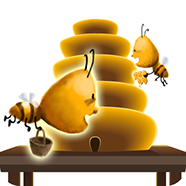




<
>
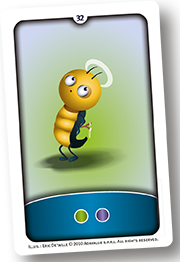
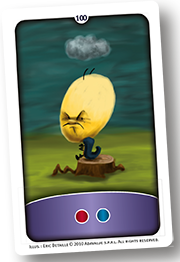
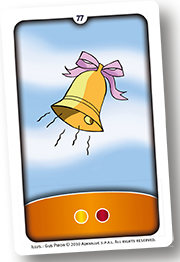
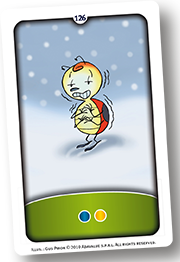
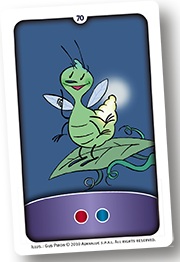
ANGEL OR DEMON ?
He looks like an angel, but… Oh wait ! What is he hiding there ?
Will he swear this piece of wood was lying on the grass (maybe it was)? Or tell a story about it (oh no, this is your job) to explain what happened?
Eh, really! What happened, anyway? What should you say?
THE SULKY
This little ladybird looks in a very bad mood… What happened to her to be that sulky ?
Or maybe we're wrong? Is she really sulky, or is there something else? Some weather issue, perhaps? Maybe it's this little cloud that upset her? What do you think about that?
THE BELL
Is that an easter bell throwing eggs? It looks so, but if it does not fit the started story, what can be behind this picture?
Is it a loud noise, an alarm, someone ringing the doorbell, someone who has just been knocked out and sees bells flying around his head? Is this a great idea, time to eat, or even - with a bad faith a brand new space rocket?
As usual, it's up to you ...
THE WINTER
In general, we do not see ladybirds in winter. Obviously, since they hibernate. In late autumn, they look for warm places to overwinter.
At this moment we can see them in mass near tree stumps, in the door jambs or window frames. And often the south side, where they will be well protected from winds and frosts. And then in spring, when they come out in mass…
The "winter" card is a bit of a confusion for ladybirds. Except of course if you decide otherwise…
THE FIREFLY
Is it because it glows in the night and it illuminates the ladybird route that ladybirds are seen as good advice?
The card of the firefly is often played in to bring a concept of wisdom, tips, tricks and knowledge or idea(s).
But of course, and like all other AdaCard it is your imagination that is in power. You are the one to find its richest applications…
Buy
Cards :
Characters :




<
>
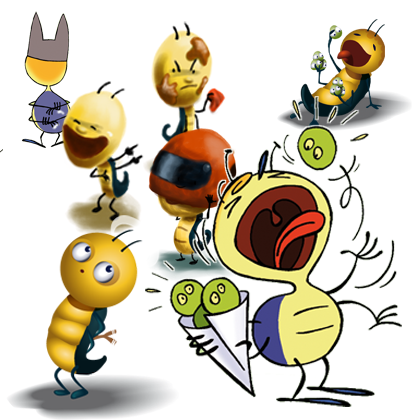
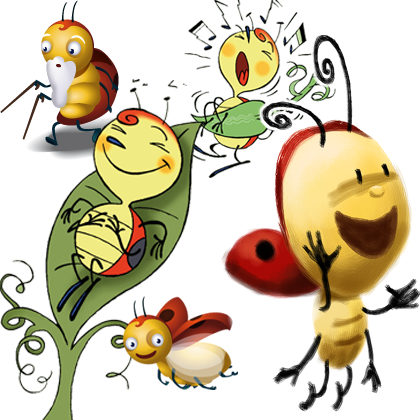
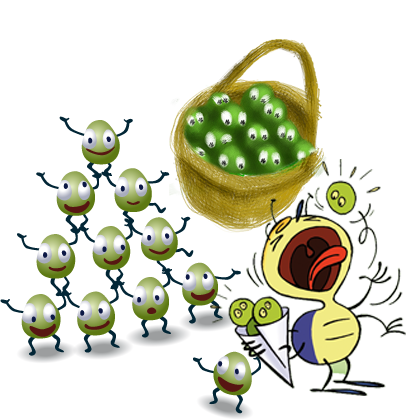
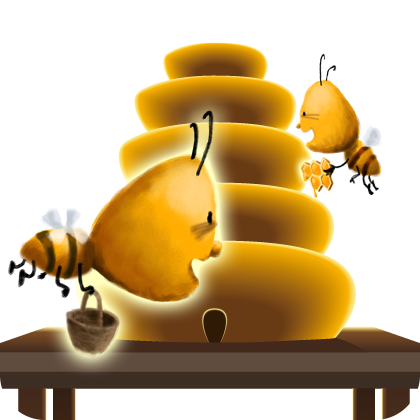
THE LADYBIRD LARVAE
The least we can say is that they are greedy!
At one stage in its development, it can absorb up to 150 aphids per day. This does not seem evident in the pictures, but in fact the larva can not see. It feels the presence of aphids, approach and attempts to locate by touch, and when it finally found the aphid, it swallows it frenzy.
We hope it thinks of something else during his days.
It is distinguished by its blue back and the fact that it has no "cap", unlike the labybird adult of the game
THE ADULT LADYBIRD
After its development and after a passage of 3 to 5 days in the pupa, the ladybird adult is finally in our gardens. It finally has eyes, elytra (the red shell) and their points.
It can then be red with black spots or black with red spots.
It continues to like eating aphids, but it focuses mainly on the survival of its offspring to come. It is looking for places to find aphids to lay eggs and let the delicious food to its offspring. It has few predators, the red elytra meaning "there is definitely more flavorful on the market.".
It must worry about some of its congeners, such as Asian ladybirds that do not hesitate to attack it, such as gardeners pesticides and such as ants that jealously guard their flocks of aphids…
In the game, they are recognized by their red elytra and a sort of cap, red too, coming straight from the imagination of our illustrators unconcerned about sticking faithfully to reality…
THE APHYDS
The favorite food of ladybirds!
They are sweet, mellow, sweet, this is a true delight ... This is especially the ladybird larvae that are crazy for them, they can swallow up to 150 aphids per day!
We tested aphids our side and we must admit that we are a little less enthusiastic. But is it not true that all tastes are in nature?
Anyway, it's a good thing that ladybirds love eating aphids: aphids can colonize plants and literally exhaust them. Their favorite target? Roses, honeysuckle, fruit trees and shrubs... vegetable and basil, the peas, beans, etc.. In short, a delicious variety of plants that would probably be a shame to water with pesticide, right?
It is nice not wanting to play with food, but please use aphids as bait, temptation or treasure for the ladybirds. They are easy to recognize, they are green balls with large eyes and an often anxious mood...
THE BEE
The bee and the ladybird, one may say, have common interests. They are both great allies of plants and flowers. If the ladybirds naturally rid of aphids, bees contribute to pollination. It is therefore absolutely vital to the nature and development of plants.
Little aggressive, generous, it is therefore in your stories a natural ally of your ladybirds. Except of course if you decide otherwise ...
Buy
